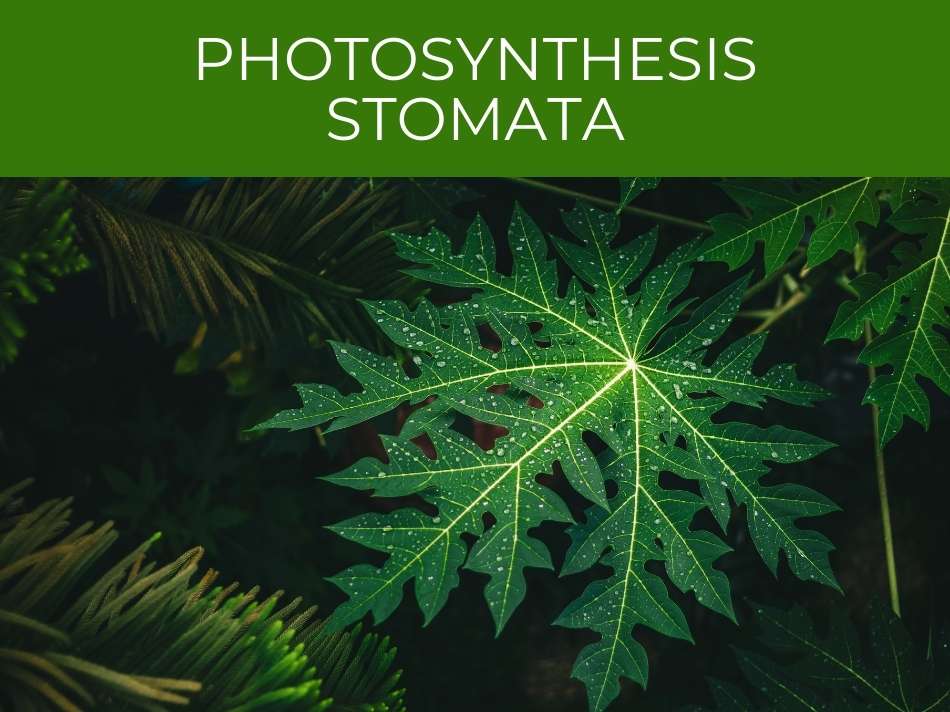Did you know that plants breathe? But it’s not the same way that you and I breathe, as they don’t have lungs, and they also undergo the opposite in gas exchange. They take in carbon dioxide and release oxygen as a waste product through stomata.
Plants absorb carbon dioxide for photosynthesis, through openings in the leaves called stomata. These openings open & close depending on when the conditions are good for photosynthesis: in daylight & when there is water. Oxygen is released through the stomata.
Plants undergo gas exchange through tiny openings called stomata that are mainly found in leaves. Plants can control how much the stomata open and close, to maximize photosynthesis during the day and stop water escaping at night.
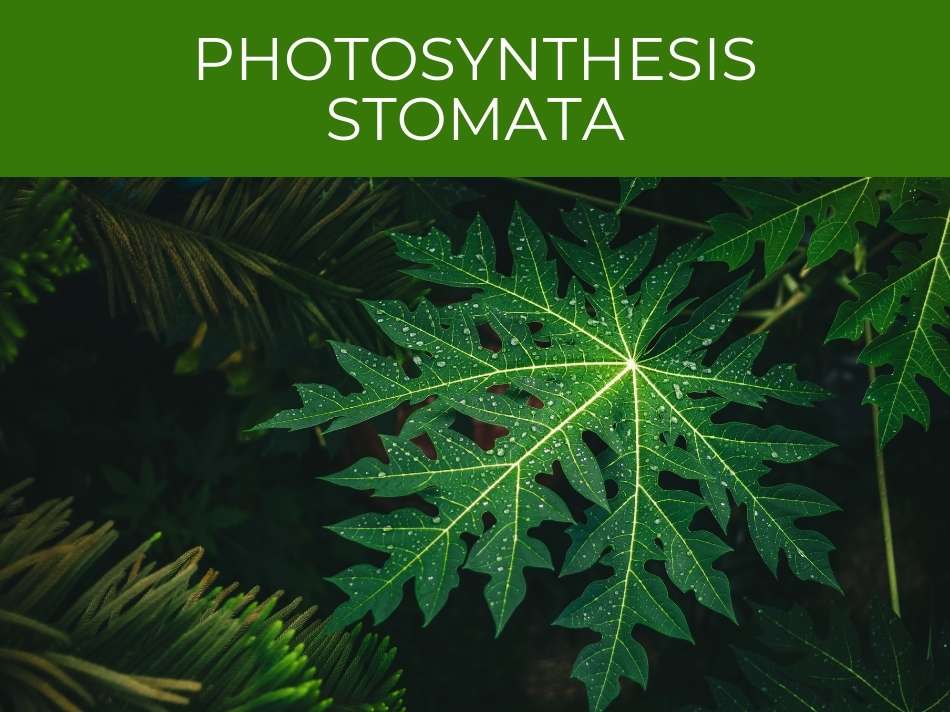
Photosynthesis stomata
The stomata are the openings through which plants absorb carbon dioxide for use in photosynthesis.
Light energy is used to combine carbon dioxide and water to make glucose, which is the plant’s food.
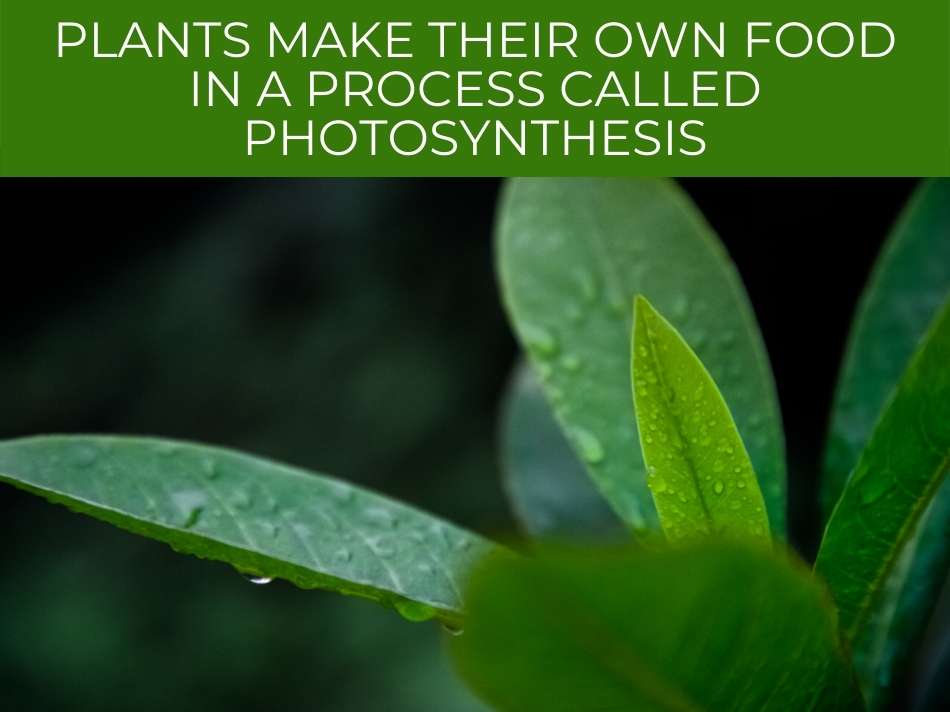
Plants make their own food in a process called photosynthesis. Plants use light, carbon dioxide and water to make glucose, which is the plant’s food, and oxygen, which is a waste product. Photosynthesis mainly takes place on the top of the leaves.
Stomata are found mostly on the underneath of leaves and green stems.
Oxygen, the waste product from photosynthesis, is released back through the stomata.
See which organelle performs photosynthesis.
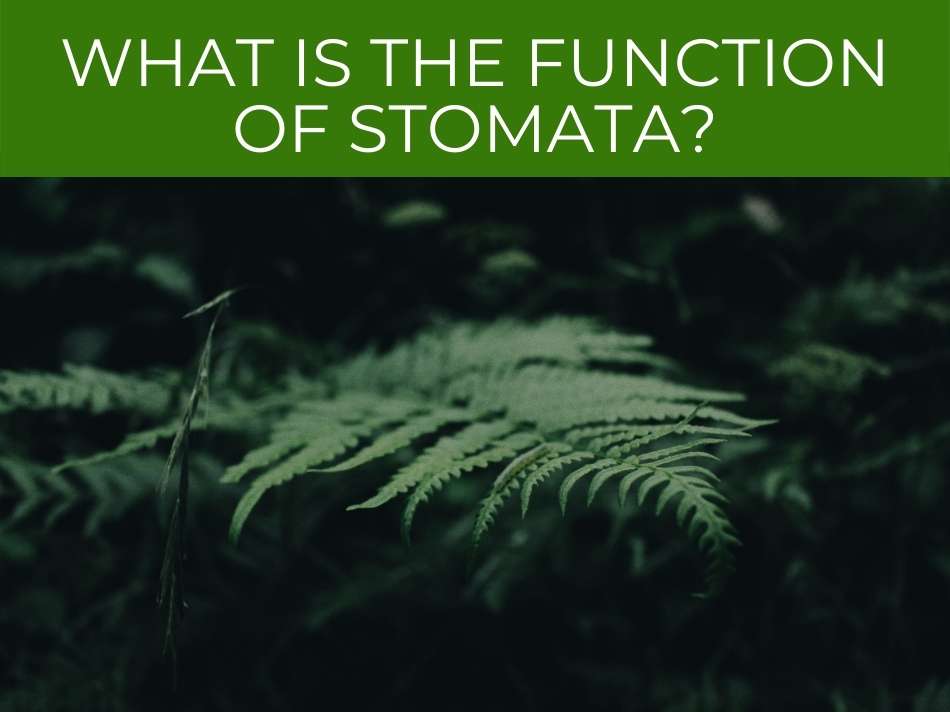
What is the function of stomata?
Stomata allow carbon dioxide into the plant, and release oxygen, but it is also where water can be lost from the plant.
Plants can control how much the stomata open and close, depending on what they need at the time.
At night when photosynthesis cannot happen, the stomata close up to stop too much water escaping.
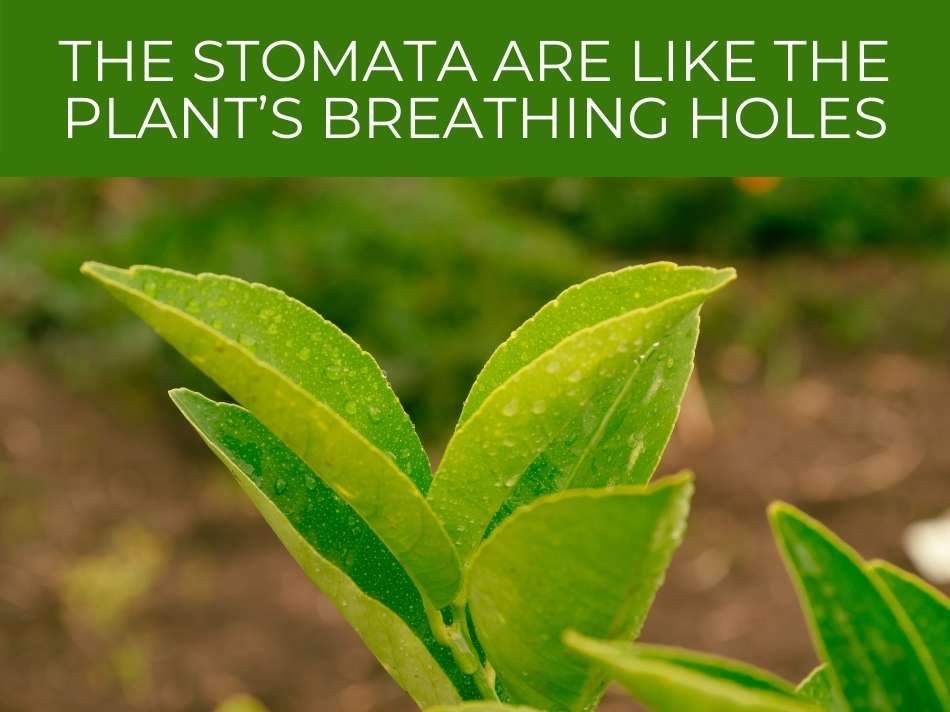
The stomata are like the plant’s breathing holes. They allow carbon dioxide to be absorbed and oxygen to be released. Plants can control how much the stomata open and close to increase gas exchange or stop too much water from escaping.
Stomata also close up more if a plant is growing in dry conditions.
The stomata help the plant to balance the amount of gas that can be exchanged for photosynthesis, with the amount of water that is lost.
There are many different types of stomata, with different sizes, shapes and arrangements depending on the type of plant and where it usually grows.
Plants in tropical, humid areas do not need to control water escape and tend to have very large stomata.
Plants in dry areas, like the Marram grass, have very small stomata that are hidden in folds or rolls to reduce water loss and trap humid air.
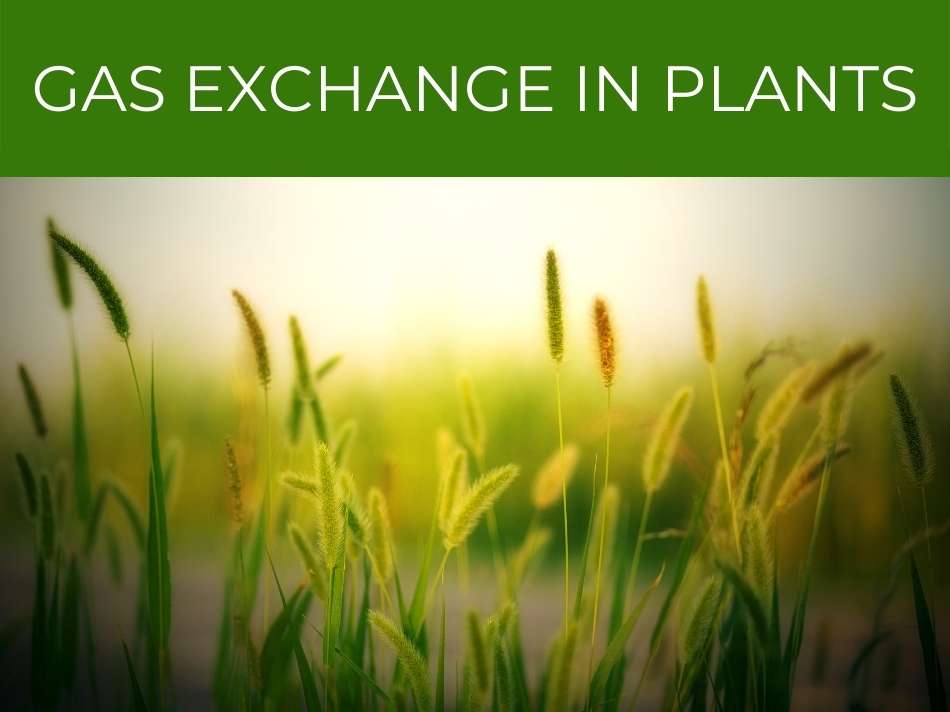
Gas exchange in plants
Plants have transport systems for water and nutrients, but no systems to transport gas around.
Gas exchange therefore needs to happen in almost every part of the plant.
Gas exchange happens at almost every part of the plant because they do not transport it around. Stomata are found in leaves and green stems, small root hairs absorb and release gas in the soil, and openings called lenticels are found in woody stems like trees, and the skin of fruit, like apples.
In the leaves, gas exchange happens through the stomata.
Small root hairs also conduct gas exchange, absorbing carbon dioxide in the soil and releasing oxygen.
Plants with woody stems, like trees, have openings called lenticels that do not close.
Fruits like apples also have lenticels in their skin, which you can see as little white dots.
Gas exchange happens through diffusion, which means that the plant does not need to use energy to make it happen.
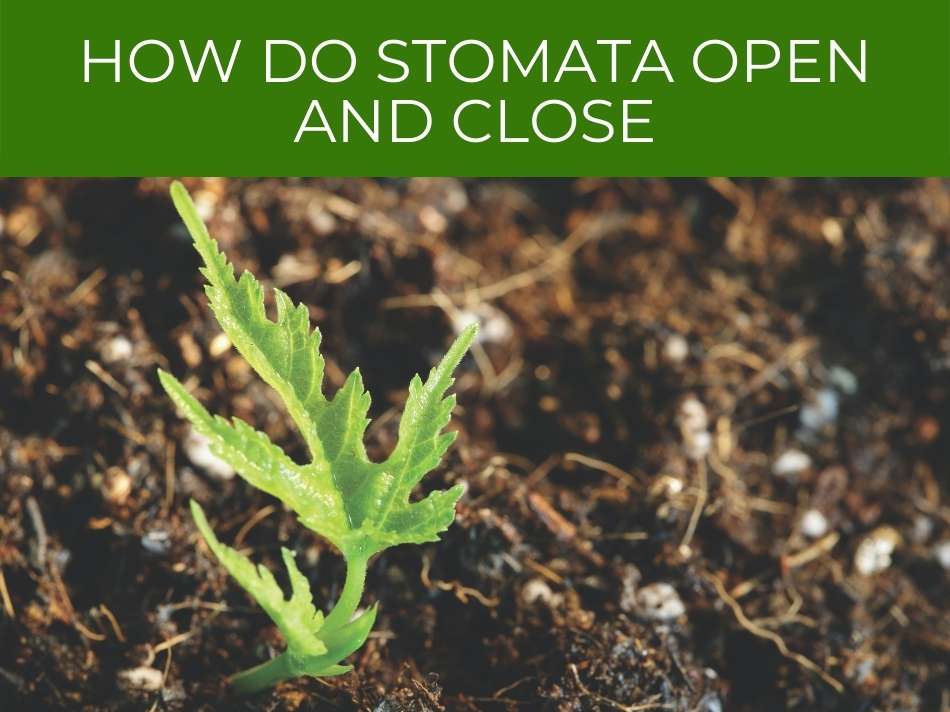
How do stomata open and close?
Around each stoma are two curved guard cells.
During the day, and when the plant has enough water, the guard cells swell which creates an opening in the middle like a swim ring being inflated.
When guard cells are filled with water, they are ‘turgid’.
Plants make the cells absorb water by pumping in protons and making the concentration of water decrease.
To balance the concentration of water inside and outside of the cell, water flows in through osmosis.
At night, or when there is not enough water, the guard cells shrink and the stomata close.
Stomata openings are surrounded by curved guard cells, which swell with water when conditions for photosynthesis are good and make the opening bigger. At night, or when the plant is too dry, the guard cells shrink and the stomata close.
Closing the stomata makes sure that the plant is not letting water escape when photosynthesis is not happening.
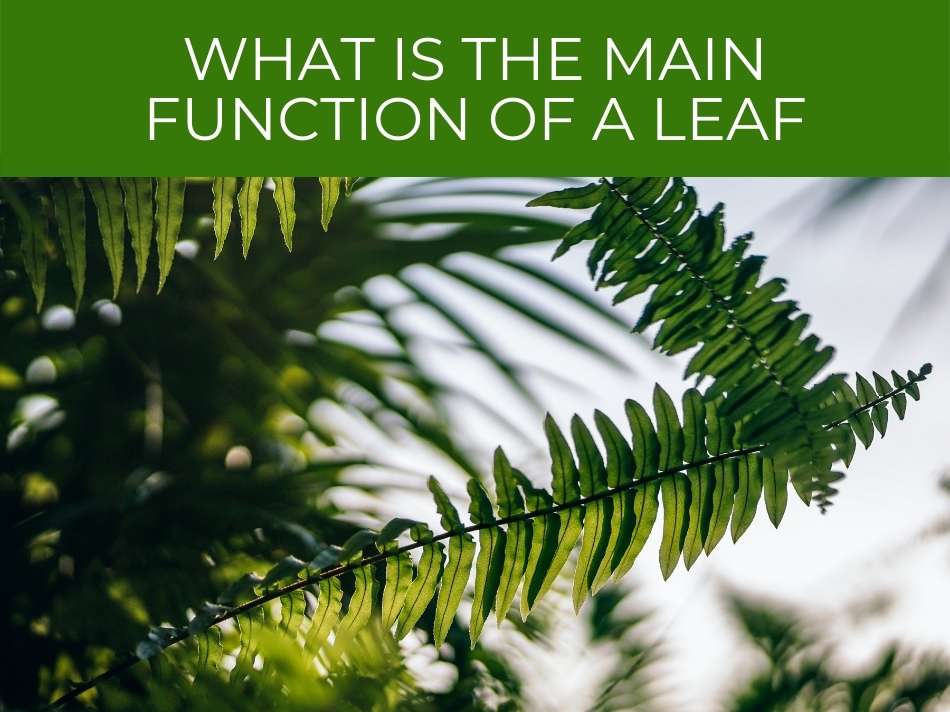
What is the main function of a leaf?
The leaves of plants have a layer of cells called palisade cells, which is where photosynthesis happens.
Chlorophyll in the palisade cells absorb light, and stomata in the leaves absorb carbon dioxide.
Most plants have stomata on the underneath of leaves, but aquatic plants that float on water have them on the top.
Photosynthesis makes glucose, which is also stored in the leaves.
The waste product, oxygen, is then released back through the stomata.
See where photosynthesis takes place in plants.
The leaves of a plant is where photosynthesis happens, in cells called palisade cells. Chlorophyll, which is a green pigment, absorbs light & the stomata absorb carbon dioxide. Glucose, which is the plant’s energy source, is made & stored in leaves, & oxygen is released back through the stomata.
Different plants have different shaped leaves depending on the conditions they grow in.
Plants in the shade have very large leaves to absorb as much light as possible.
Plants in dry conditions have thin and sometimes even waxy leaves because they get plenty of light but not much water.
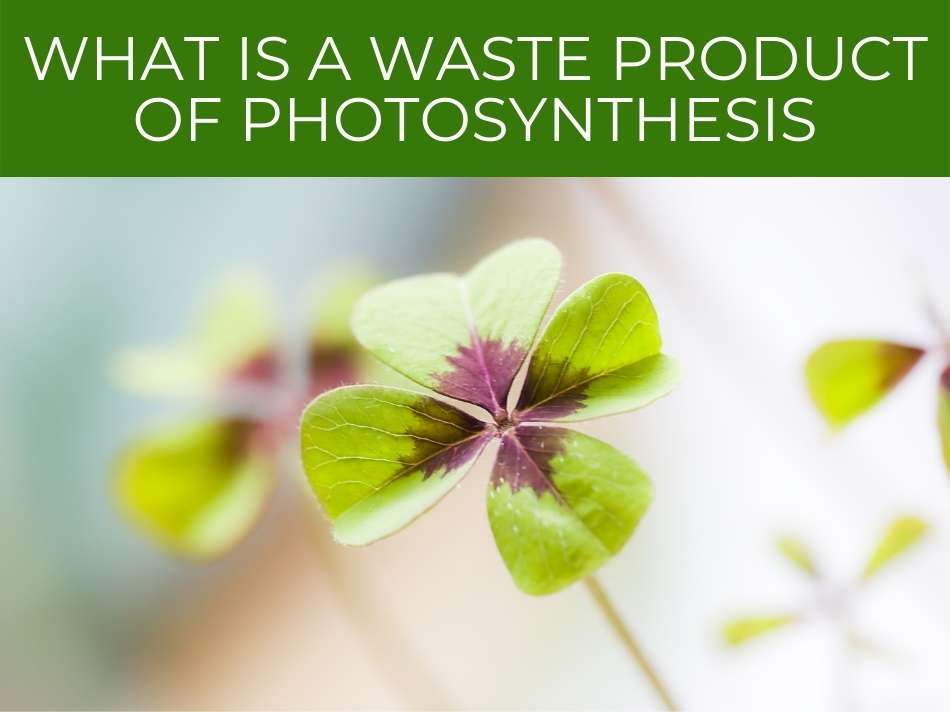
What is a waste product of photosynthesis?
Photosynthesis makes glucose for the plant, and oxygen is released as a waste product.
Plants and animals are part of an ecosystem because animals breathe in this oxygen.
The waste product of photosynthesis is oxygen. Plants are a vital part of the Earth’s ecosystem because animals use this waste product to breathe. You can see this process at work by putting a leaf into water and waiting for oxygen bubbles to form.
You can try an experiment to observe oxygen released from a plant, by placing a leaf under some water in a glass.
After an hour or so, you will be able to see bubbles that have formed in the water, as the leaf has photosynthesised and released oxygen.
See the inputs and outputs of photosynthesis.
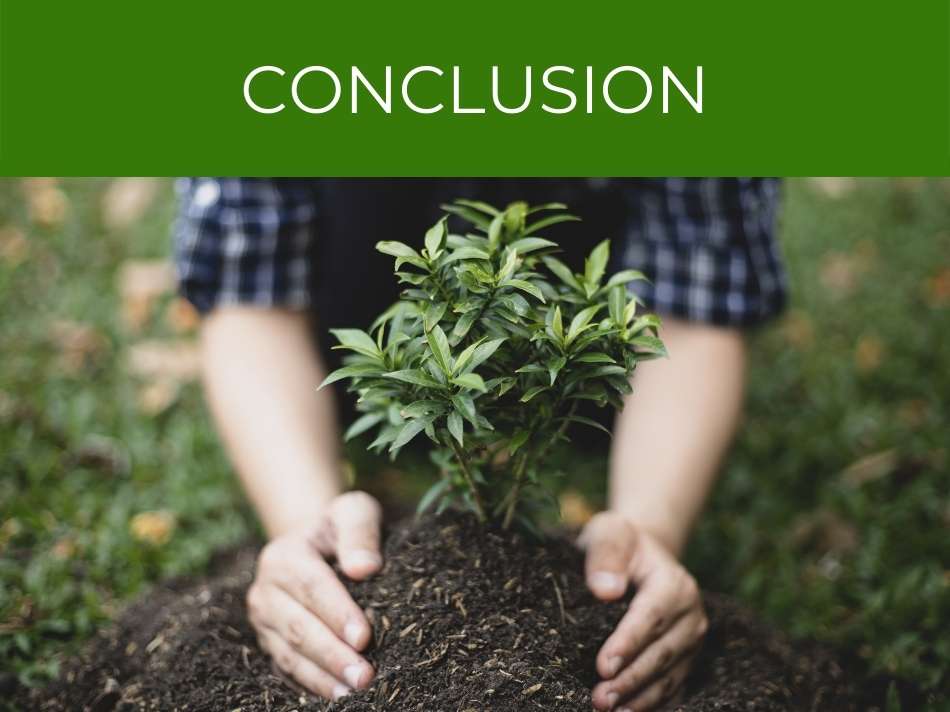
Conclusion
Just like animals, plants also need to breathe, but there are a few important differences.
Plants take in carbon dioxide for use in photosynthesis, and release oxygen as a waste product.
Instead of lungs, plants absorb gas through small holes called stomata in the leaves, and through root hairs and lenticels.
Because plants don’t have a gas transport system like animals, almost every part of the plant needs to be able to exchange gas.

